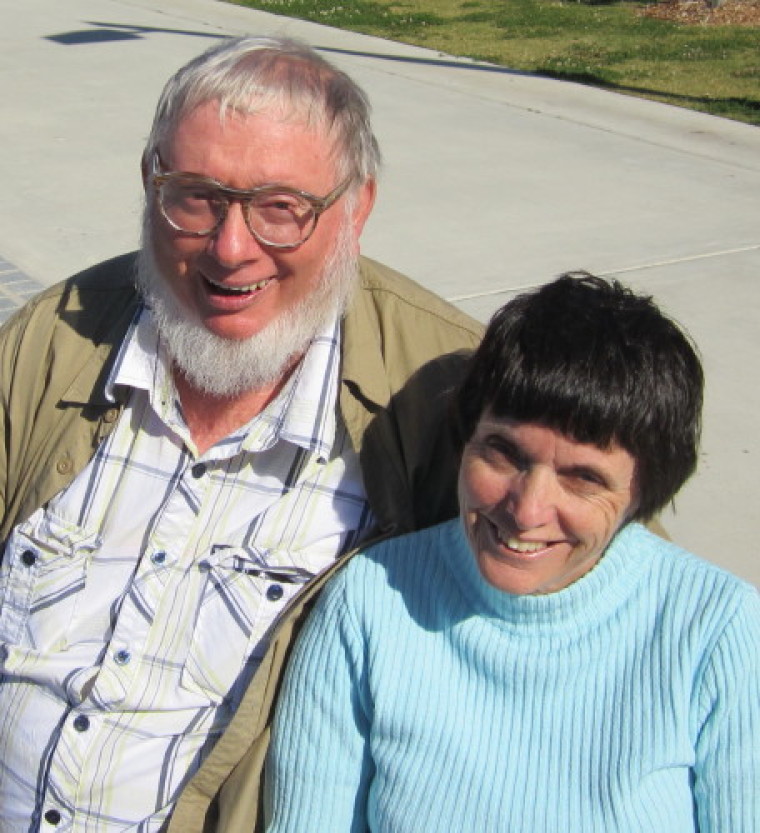
These science fiction story-lines were influenced by American Army doctor Jack E Steele, who first coined the term 'bionic' which is now in everyday usage. It's meaning comes either from a portmanteau word, amalgamated from 'biological' and 'electronic', or from the Greek 'bion' meaning a unit of life, with the suffix 'ic' meaning similar.
Bionic limbs help people in sports and everyday life
Well-Being Australia chairman Mark Tronson says it seems now that the science fiction of decades ago has become scientific fact in the twenty first century.
Being aware of sports with his life time in Sports Ministry and Athlete Respite, he has followed the progress of athletes' prosthetic limbs, culminating in the amazing feats of sprinter Oscar Pistorius from South Africa; and the controversy about whether or not his artificial 'cheetah' legs give him an advantage over athletes who have their own limbs. Certainly the Paralympics is a celebration of such physical aids. (www.sciencedaily.com)
There are now a wide range of prosthetics available for those who are disabled, for one reason or another, to help them in their everyday life. Very recently, there was a report from the USA of a long-term quadriplegic being able to lift a cup of coffee for the first time, using only her thoughts to control her artificial arm. (www.canberratimes.com.au and science.howstuffworks.com)
Cochlear implants are an Australian innovation
Mark Tronson remembers being intrigued when he first heard news of the Australian cochlear implant in the 1980s, because both his own father and his wife have had lifetime hearing problems. His wife, Delma, now learns AUSLAN (Australian sign language), and through her ministry has met many adults who have been helped by improved forms of this device.
The cochlear implant is, in effect, an artificial ear. A set of programmed electronics is inserted in the cochlear, a snail-shaped structure inside the ear; and a receiver that converts sounds to elecronic impulses is implanted just under the skin at the side of the head.
The person then magnetically clips on a transmitting coil to the outside of the skull and wears a mini-microphone behind their ear. In this way, the sounds from the outside are converted to electronic impulses on the inside, and these stimulate the normal auditory nerves.
There is also a speech processor to help with decoding spoken language, that needs to be worn on a belt or in a pocket. This cochlear implant will only work when a person still has their nerves working naturally, even though the physical parts of their ear may be defective for a number of different reasons. (www.science.org.au)
Coming next: the 'bionic eye'
A recent article in the Sydney Morning Herald reported a 'bionic eye' is about to start production and clinical trials. After 15 years of research by 154 scientists led by biomedical engineers at the University of New South Wales and also involving the Bionics Institute, the Centre for Eye Research Australia, NICTA (National Information and Communications Technologies Australia Ltd) and the University of Melbourne, the prototype is now only months away.
Like the cochlear implant, this will involve a tiny implant involving 98 electrodes, but using a camera rather than a microphone, light signals will be being sent from the outside world and converted to electronic impulses which will stimulate the natural optic nerves behind the eye of the wearer. (www.smh.com.au)
The Bible and those with disabilities
The Bible has a lot to say about the disabled being cured. For example, Isaiah 29:18 states "And in that day shall the deaf hear the words of the book, and the eyes of the blind shall see out of obscurity, and out of darkness." ; and Matthew 11:5 reports "The blind receive sight, the lame walk, those who have leprosy are cured, the deaf hear, the dead are raised, and the good news is preached to the poor."
Mark Tronson comments that some passages may have been prophetic to the original hearers, even referring to hearing and seeing The Word; but today many are seeing those texts more literally. Either way, it indicates that part of The Lord's Plan seems to support scientists and technologists using their skills to help improve the health of those with disabilities.
His wife Delma has greatly benefited with digital hearing-aids which has allowed her a very active ministry visiting oldies in nursing homes, leading KYB groups, giving craft tutorials and a remarkable one to one ministry of wisdom and pastoral care.
Dr Mark Tronson is a Baptist minister (retired) who served as the Australian cricket team chaplain for 17 years (2000 ret) and established Life After Cricket in 2001. He was recognised by the Olympic Ministry Medal in 2009 presented by Carl Lewis Olympian of the Century. He has written 24 books, and enjoys writing. He is married to Delma, with four adult children and grand-children.
Mark Tronson's archive of articles can be viewed at www.pressserviceinternational.org/mark-tronson.html